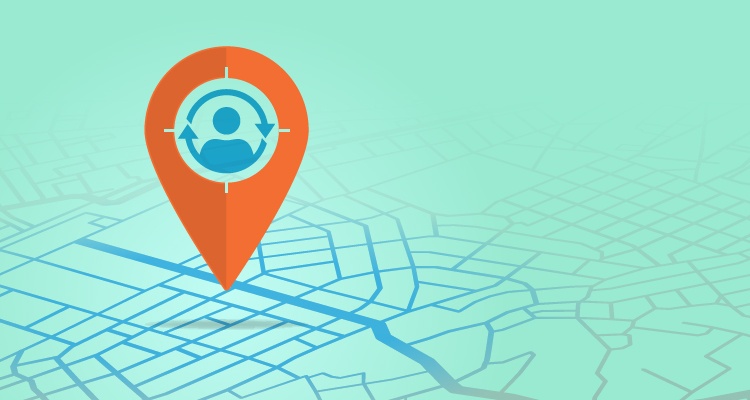
Geofencing & Remarketing: How to Find and Keep Your Best Customers
By Imagewërks -
As digital initiatives take up more and more of companies’ marketing budgets, many clients are asking which tactics actually work—and why.
The short answer is they all CAN work. But the devil is in the details when you’re trying to determine which WILL work best for you.
Two digital marketing approaches that still perplex many are geofencing and remarketing. Below, we’ll define these strategies and cover their pros and cons to help you determine which might be right for your business.
What is geofencing?
Geo-fencing is a digital marketing strategy that allows you to target customers with mobile ads whenever they are within a designated geographic location. Using location-based technology, you can create a digital “fence” around any geographic location you choose—e.g., your own store locations, a competitor’s business or an entire neighborhood.
When mobile phone users enter or pass through your assigned perimeters, GPS technology flags them so your system can deliver targeted, timely ads to their phone, tablet or other web-connected device.
Geofencing example
Let’s say you’re a clothing retailer in a competitive suburban area. By geo-fencing a few blocks around your store location, you can reward past shoppers in the area with timely loyalty sales or promotions to drive them back into your shop while they’re in the neighborhood. Or you may choose to geo-fence a competitor’s store, and send competitive ads to consumers you know are already looking to buy.
Pros of geofencing
• Allows you to target past or potential customers whenever they are near your business.
• Allows you to target customers of your competitors to win over market share.
• Provides timely, relevant offers to consumers who are more likely to act immediately.
• Gives additional marketing campaign performance metrics.
Cons of geofencing
• Better for marketing consumer goods and services.
• Can be interpreted as an invasion of privacy if overused.
What is remarketing?
Digital remarketing uses cookie-based technology to target consumers who have visited your site or expressed an interest in your product or brand but, for whatever reason, chose not to convert.
By following these consumers’ behavior across online sites and social media platforms, you can identify continuing opportunities to re-engage lost visitors with relevant digital ads and messaging. The goal, of course, is to stay top of mind and eventually push them back to your site for another chance to convert.
An example of remarketing
Let’s say you’re a new apartment complex whose current marketing campaign successfully drives a potential resident to your site. Your landing page encourages the visitor to schedule a tour, but the visitor decides to leave your page without acting.
Placed on your page is a small piece of code called a pixel (not visible to the visitor) that attaches a browser cookie to track that visitor online. Now you’re able to re-engage that visitor at relevant times—say, by serving them a targeted ad the next time they conduct an apartment search—and get a second chance to close the deal.
The pros of remarketing
• Allows you to target more qualified leads who have already expressed interest.
• Allows you to reach consumers across all digital platforms—mobile, social, search, etc.
• Tracks online behavior to tailor and target more relevant ads and offers.
• Offers multiple retargeting strategy options that go beyond location—such as demographics, search behavior, reverse IP targeting and more.
The cons of remarketing
• It can be interpreted as an invasion of privacy or an annoyance if overused.
• Requires higher traffic volume to be most effective.
Both geofencing and digital remarketing offer so many opportunities to hit the right person with the right message at the right time. When it comes to which is best for you it will come down to the type of business you run and the type of customers you serve.
Our digital strategy starts with targeted SEO research and elegant, functional web design—and follows through with data-driven email marketing, digital ads, social media and more. Let's get digital.